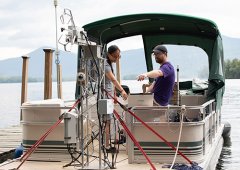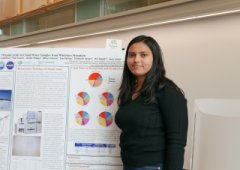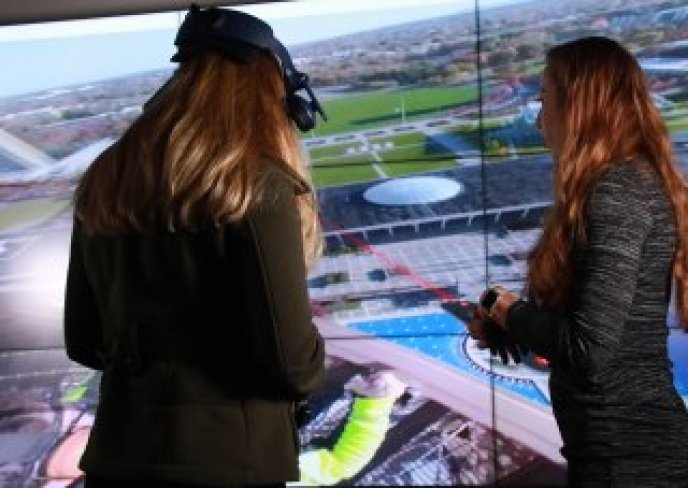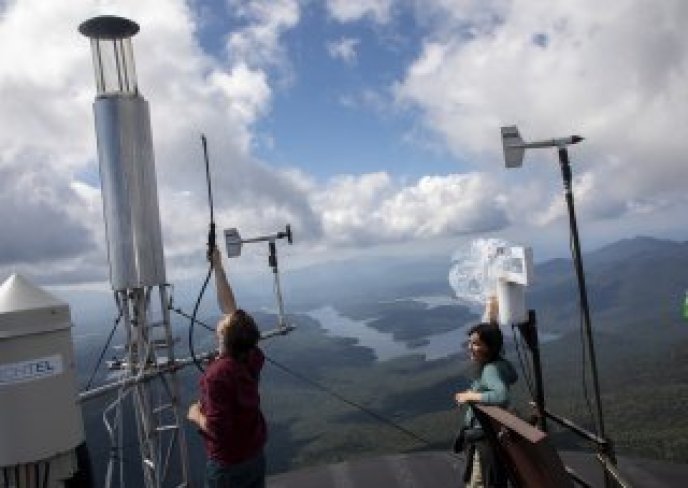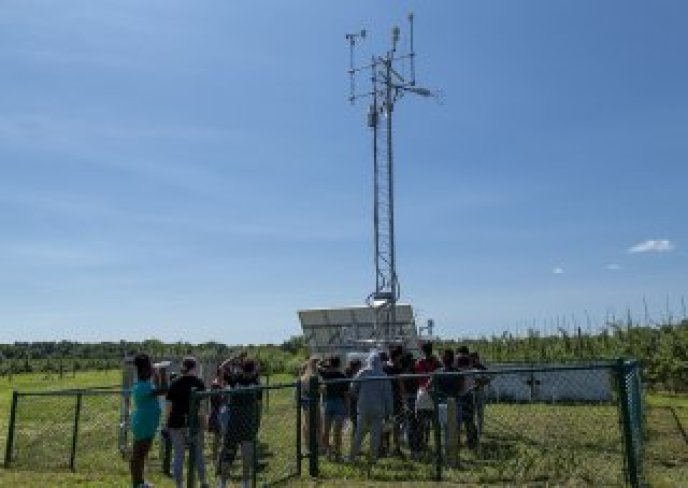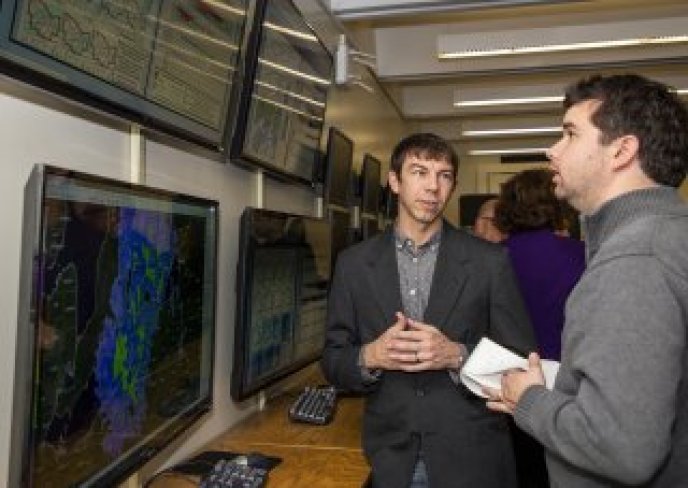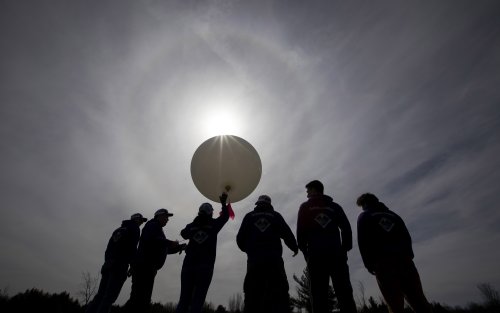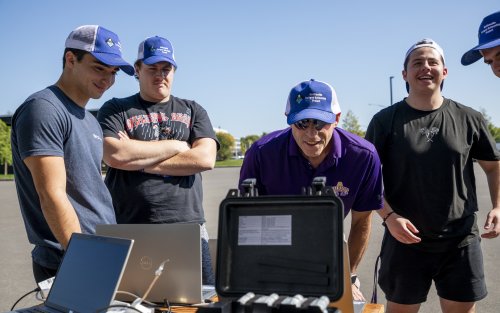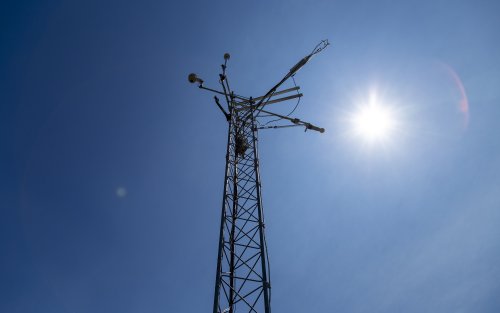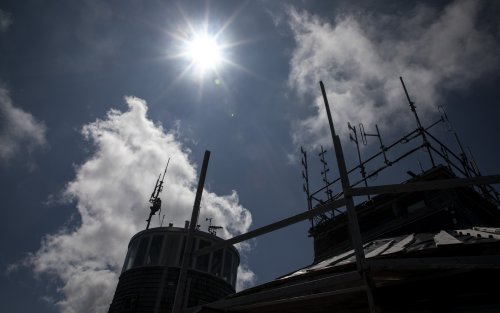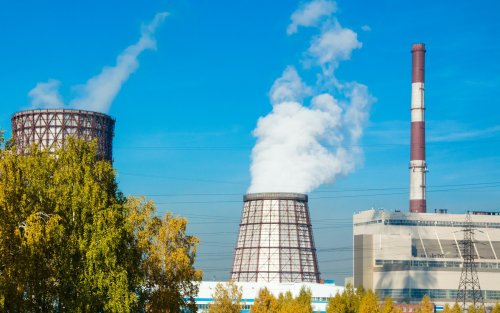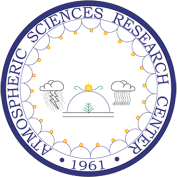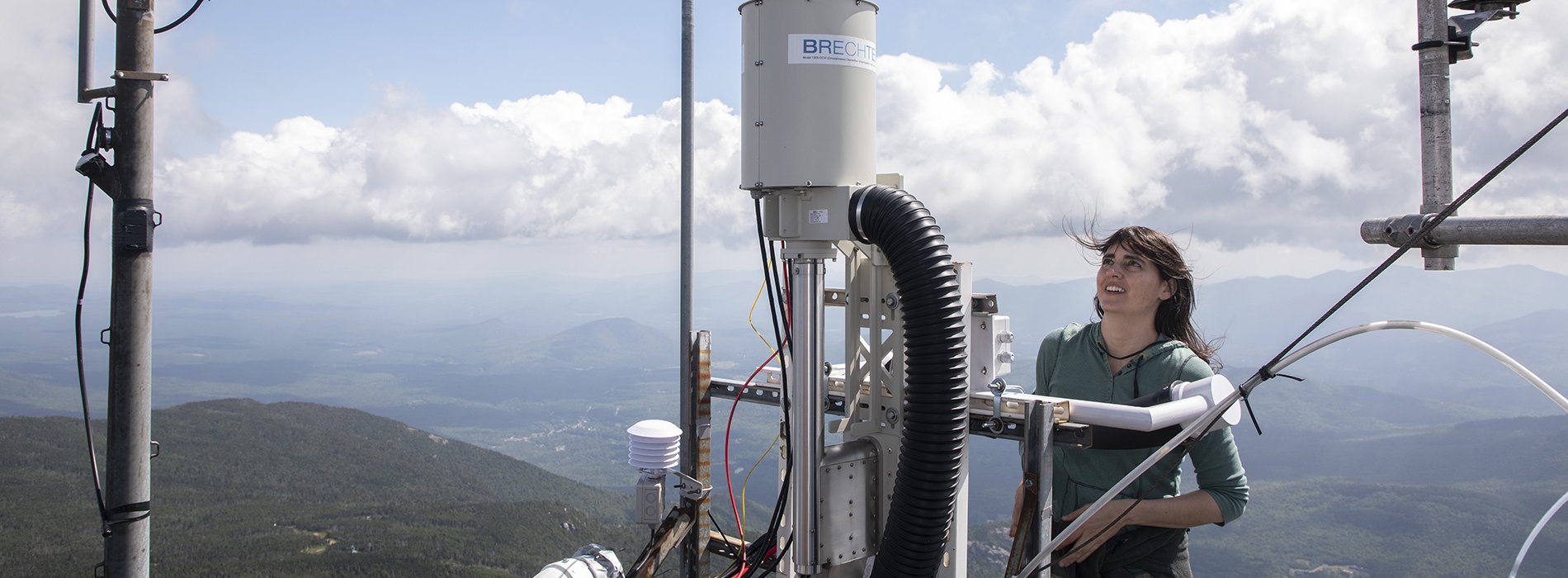
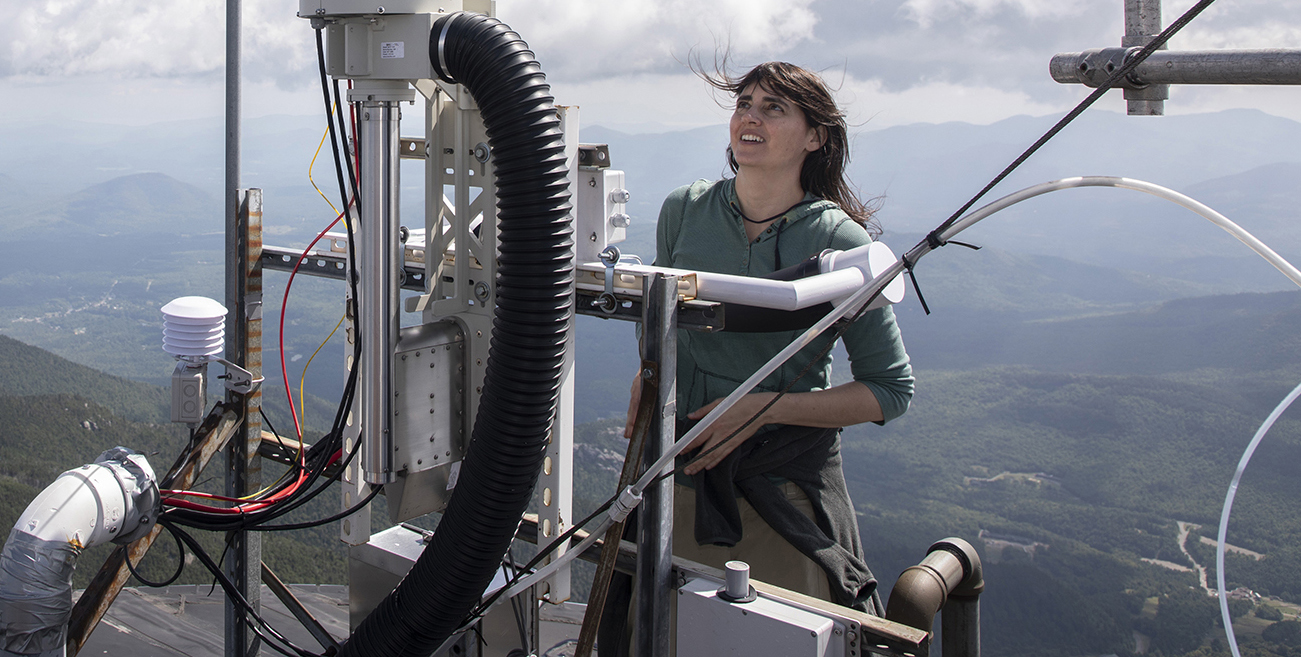
Atmospheric Sciences Research Center
Leading atmospheric scientists investigating the interaction of chemical, physical, geological and biological processes that impact our air, land and water.
As a faculty member, researcher or student with ASRC, you will transform your research into innovative solutions through technology transfer and collaboration with state, federal and industry partners. Your work will advance the well-being of New York State’s citizens and increase economic development in the state. Our faculty members prepare tomorrow’s experts for careers in academia, government and industry.
With ASRC, you are part of one of the largest and most prominent coalitions of atmospheric science experts in the country, including xCITE Lab, the Department of Atmospheric and Environmental Sciences, the NYS Mesonet and the Center of Excellence in Weather and Climate Analytics.



